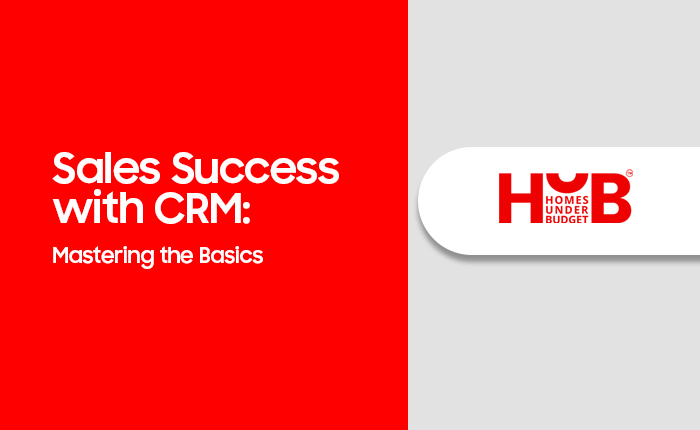Sales Success with CRM: Mastering the Basics

About Course
This course is designed to provide you with a strong foundation in using our CRM tool to drive client engagement and streamline our sales process. Whether you’re tracking new leads, nurturing client relationships, or reporting sales progress, this training will guide you through each step of maximizing the CRM to boost productivity and client satisfaction.
Throughout the course, you’ll learn to:
- Navigate the CRM dashboard and access essential tools
- Effectively manage and organize client information
- Track interactions and client journeys
- Optimize follow-ups, tasks, and reminders for efficient workflow
- Generate insightful reports to monitor progress and identify opportunities
By the end, you’ll be equipped with the skills to leverage our CRM for strategic relationship-building and delivering value to our clients. Let’s get started on this journey to CRM mastery!
Course Content
Getting Started: Navigating the CRM Dashboard & Managing Leads
Deep Dive: Lead Details & Follow-Up Essentials
Organizing Follow-Ups & Managing Lead Files
Tracking Progress: Understanding Lead Follow-Up History
Streamlining Organization: Utilizing Lead Filters and Tags
Insights at Your Fingertips: Generating Effective Reports
Student Ratings & Reviews

No Review Yet